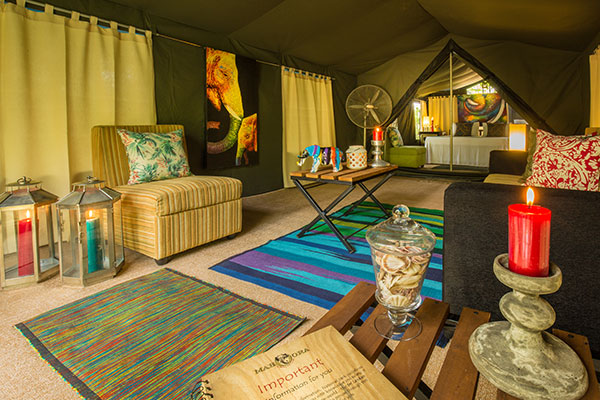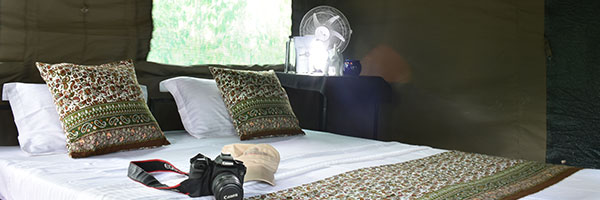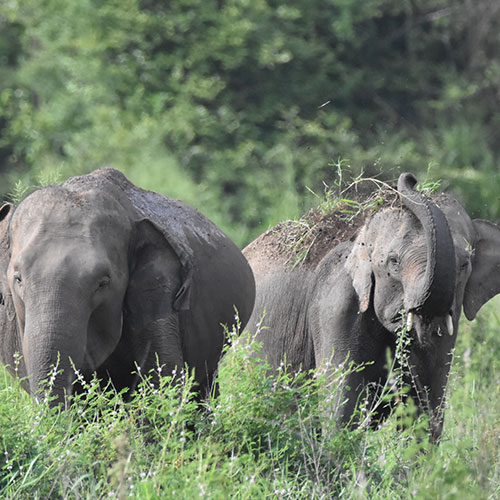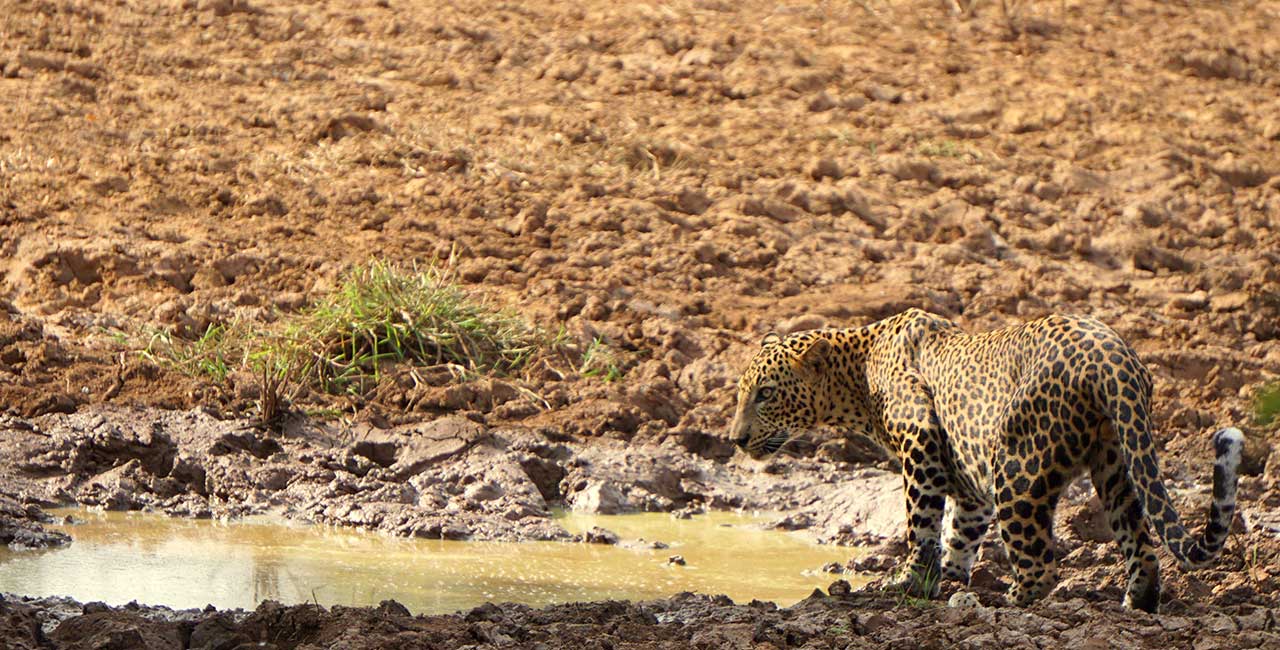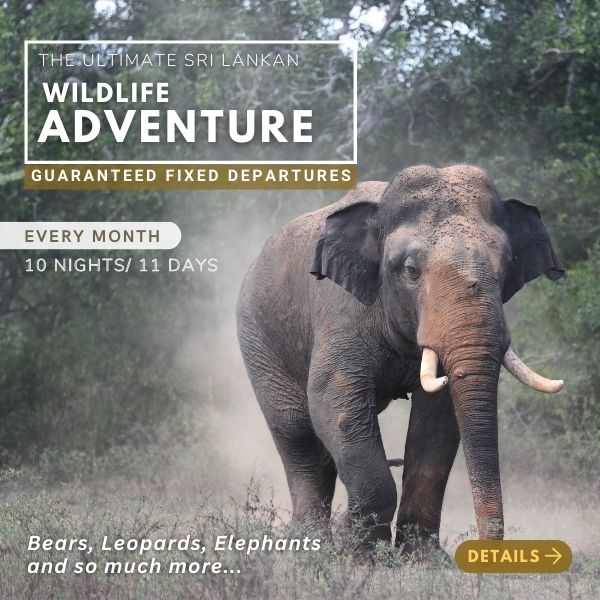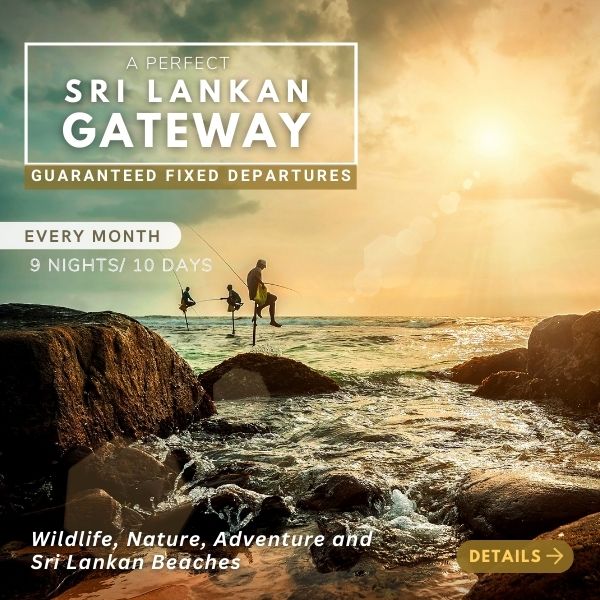Leopards at the Yala National Park
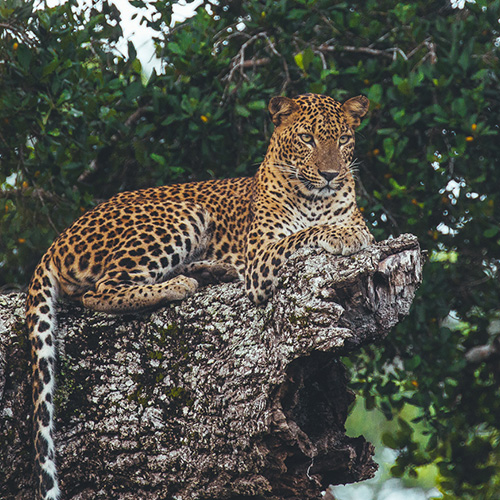
Bird life at the Yala National Park- a bird enthusiast’s dream
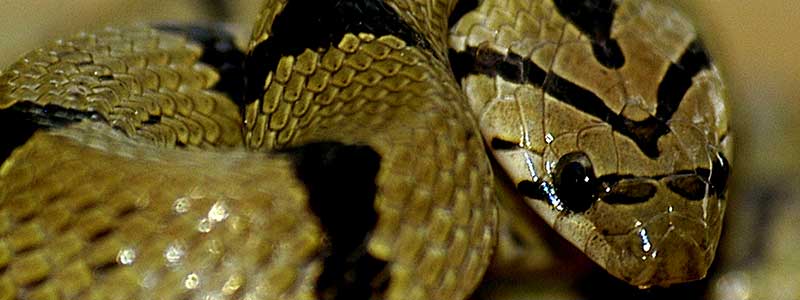
Reptiles and Amphibians at the Yala National Park
Flora at the Yala National Park Sri Lanka
Yala National Park- History and Geography
Yala plays a very significant role in the conservation of a large number of flora and fauna species in Sri Lanka, many of which are endemic to the island. Historical and religious sites such as Kataragama, Sithulpahuwa and the Magul Maha Vihara and many archaeologically Accommodation options in Yala national park Sri Lanka important places add additional significance to the area. safari-goers will be enthralled when visiting a National Park that is not only renowned for its wildlife but also noted for its rich history. The Yala National Park was one of the first two National Parks to be established in Sri Lanka.
The earliest historical mention of what later came to be known as the Yala National Park was as far back as 1560 when Spanish cartographer Cipriano Sanchez referred to the area as being “abandoned for 300 years due to insalubrious conditions”. The Park achieved reserve status in 1900 and its first Warden was Henry Engelbrecht. It has continued its conservation efforts and continues to attract a large number of tourists to date.

Climate at the Yala National Park Sri Lanka
Best times to visit the Yala National Park Sri Lanka
How to get to the Yala National Park
The Inland Route – Travelling from Colombo passing Avissawella, Ratnapura, Pelmadulla, Udawalawe, Thanamalwila and Tissamaharama to Yala, expect a travel time of five to six hours from Colombo.
Through the Southern Expressway – exit the expressway in Galle and continue onwards passing Matara and Tangalle and expect a travel time of four to five hours from Colombo.
To find out how to reach Yala National Park from any other destination in Sri Lanka please refer this map. please refer this map.
If you wish to travel by Sea Plane which lands in Tissamaharama, please visit www.flysrilanka.lk for more information.
Travelling by Helicopter will take you right up to the entrance of the Park. For more information please visit www.flysrilanka.lk.



